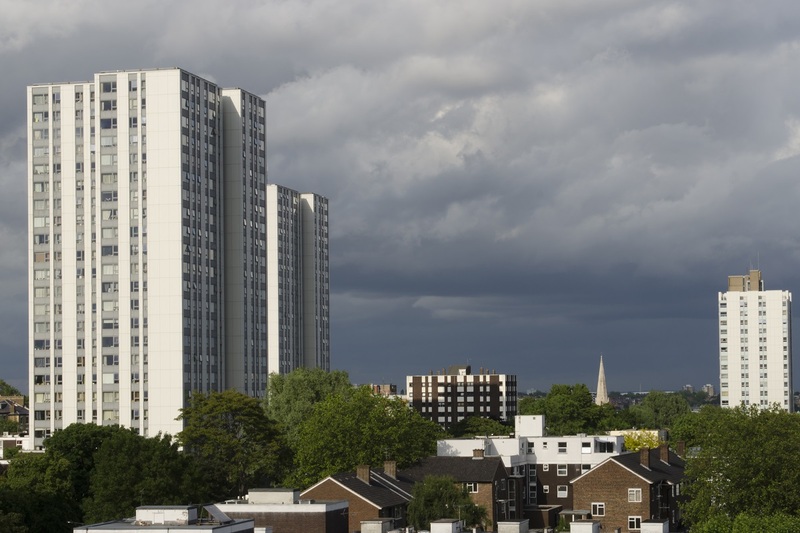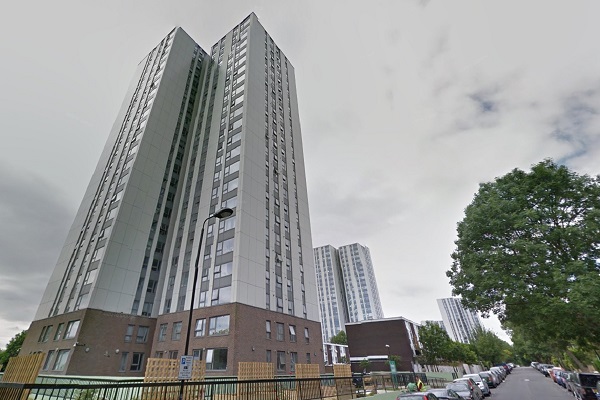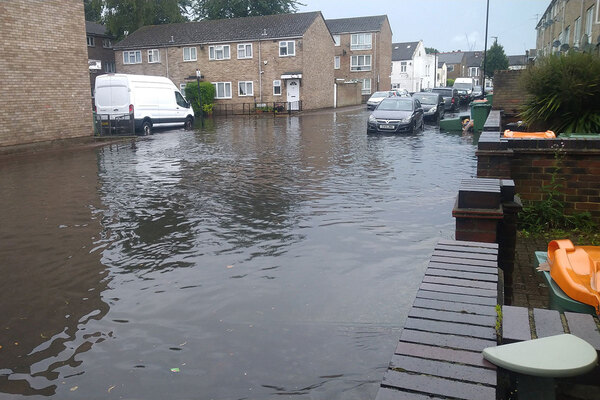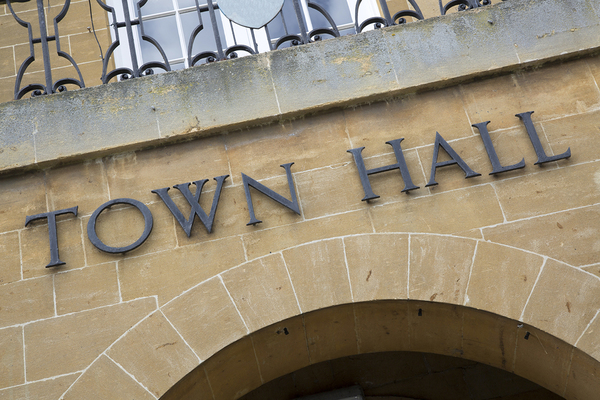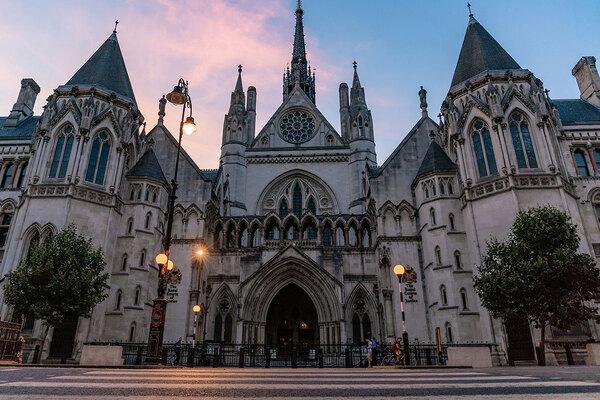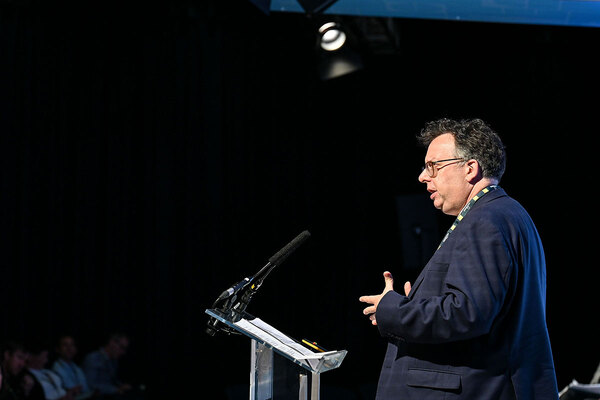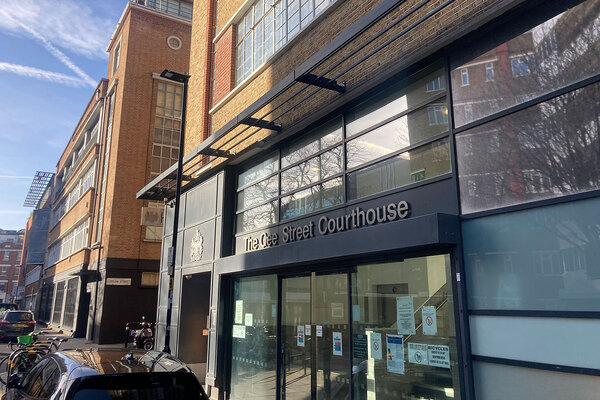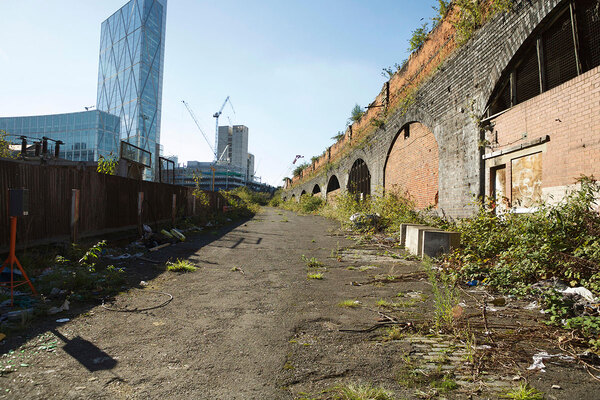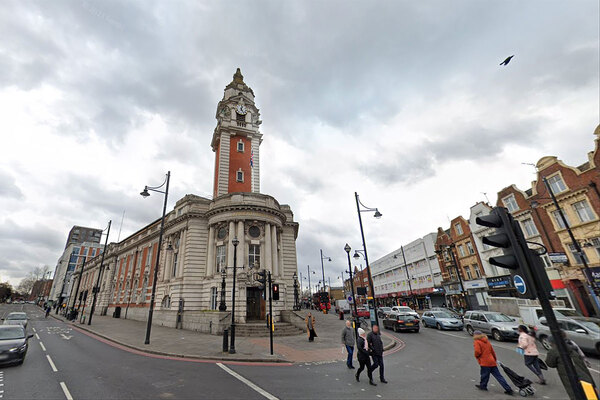You are viewing 1 of your 1 free articles
Camden Council spends more on interim than permanent fire safety measures at Chalcots Estate since Grenfell
Camden Council has spent more on interim fire safety measures than on permanent works at the Chalcots Estate since the Grenfell Tower fire, Inside Housing can reveal.
The Chalcots Estate hit headlines in the immediate aftermath of Grenfell in June 2017 when residents were evacuated from their homes over safety fears.
It is one of the largest cladding remediation projects in the country, with the local authority set to spend £100m in total on fire safety improvements across the estate’s five towers.
But data released by the council under the Freedom of Information Act (FOIA) shows it has so far only spent £16.4m on permanent fire safety measures since June 2017 – £12.5m on cladding removal and £3.9m on fire doors.
That is around £4.5m less than the £20.9m forked out for interim fire safety measures, £8.5m of which went towards waking watch patrols before the cladding was removed.
The rest of the money was spent on emergency safety works while the blocks were empty following the evacuation.
Spending on both interim and permanent fire safety works all took place between June 2017 and September 2019, according to the FOIA response.
A spokesperson for the council said most of the interim fire safety improvements made following the evacuation will stay in place, with the major works programme set to begin in November.
Another £1.4m has been spent on other forms of repairs, maintenance and upgrades at the estate between June 2017 and June 2021.
In early 2019, the council picked Wates for a £90m contract to install new cladding on the estate’s towers having secured £80.6m from the government’s Social Sector Aluminium Composite Material (ACM) Cladding Remediation Fund.
Work was expected to complete this summer, but Camden and Wates were unable to agree contract terms, leading to the council opting in May to dump the contractor and go out to tender again.
The council is awaiting tenders from its preferred bidders and expects to appoint a new contractor in November.
It has also submitted a £130m legal claim against organisations involved in the refurbishment of the estate between 2006 and 2009 which saw the ACM cladding fitted, having claimed to have ordered a more fire-resistant material than the one actually used.
In an update on its website, the council said attempts at mediation in June “didn’t reach a conclusion that was satisfactory to us”.
It added: “The council is still open to potentially settling the case through mediation if it is possible and in the best interests of the council, however we intend to recover as much of our costs as possible, whether this is at the mediation or, if necessary, at trial.”
The authority took back management of the estate in 2018 from the private finance initiative which oversaw the refurbishment after the firm fell into insolvency.
A spokesperson for Camden Council said: “We are investing £100m in fire safety improvements at the Chalcots Estate through our major works programme.
“Since June 2017, the money that has been spent on interim fire safety improvements – and a waking watch before the cladding was removed – has been necessary while we have been making essential preparations for our major works programme to begin, including extensive consultation with residents that has involved them in every step along the way.
“Furthermore, most of the interim fire safety improvements made so far – such as those in communal areas – will remain in place as part of the overall programme of works, helping to ensure that each building has the highest possible fire safety rating.
“However, the safety of our residents is ultimately not about money and we will not compromise on their safety as we deliver on our commitments to them, including a new A1 fire-rated cladding system.”
Sign up for our Council Focus newsletter
Already have an account? Click here to manage your newsletters
Sign up for our fire safety newsletter
Already have an account? Click here to manage your newsletters
